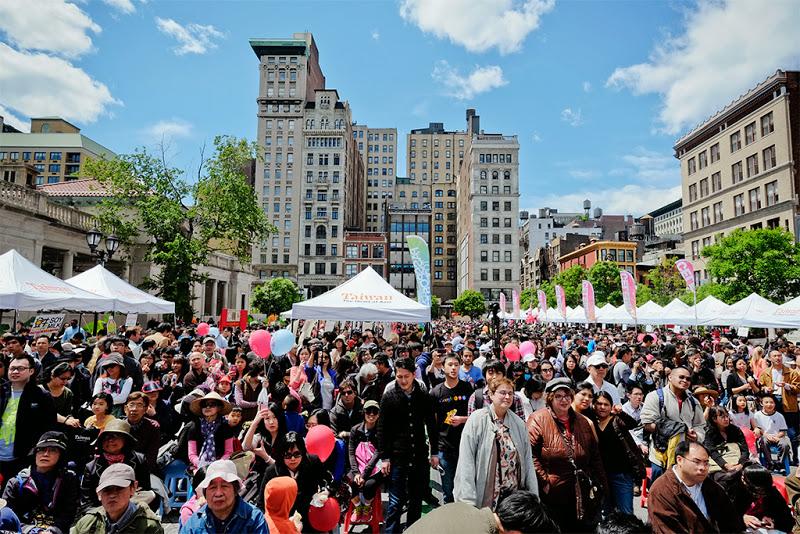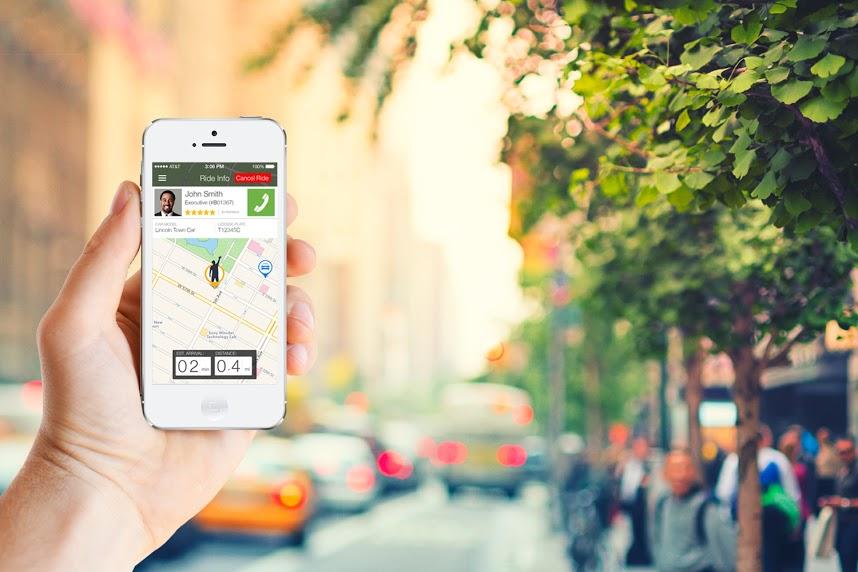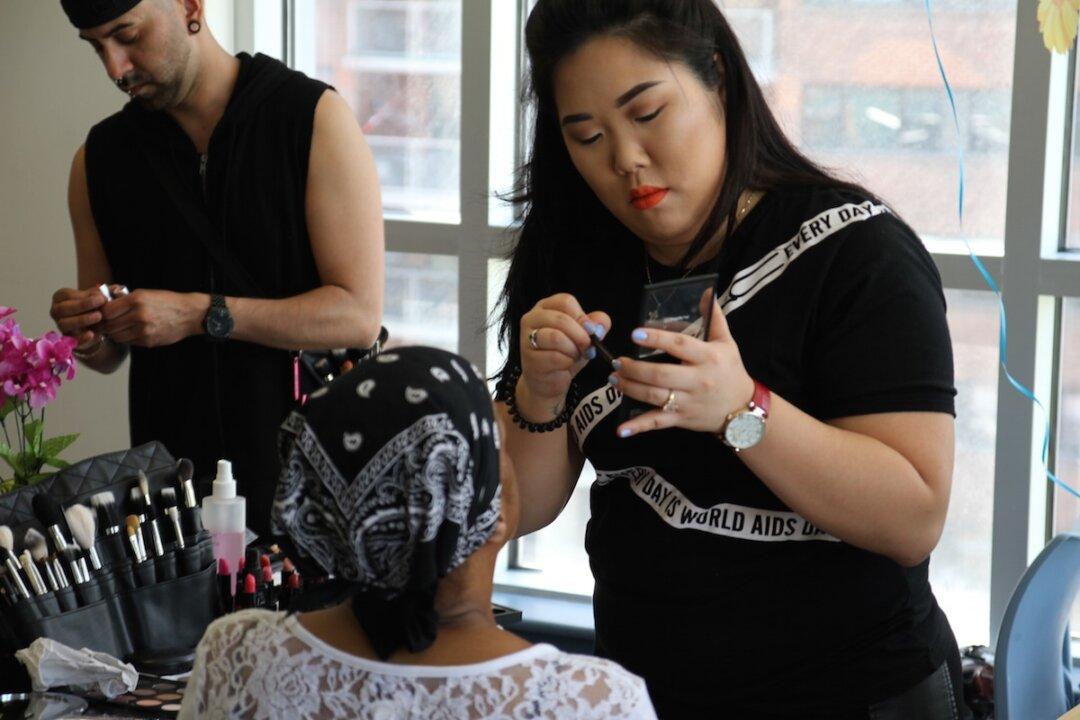Since last week, Instagram users have been able to use emojis as hashtags, as the yellow-colored emoticons increase in popularity. Along with the new feature, Instagram also released its findings on how people use emojis and the hidden meanings of the more vague and subtle symbols, in a report on Saturday.
Hashtags on the social media network, which is owned by Facebook, are often used to search for particular kinds of posts or to attract a viewership beyond one’s followers. Emojis grew popular after Apple added the emoji keyboard to iOS in Oct. 2011, and even more so after emojis became available on most Android platforms after July 2013.



